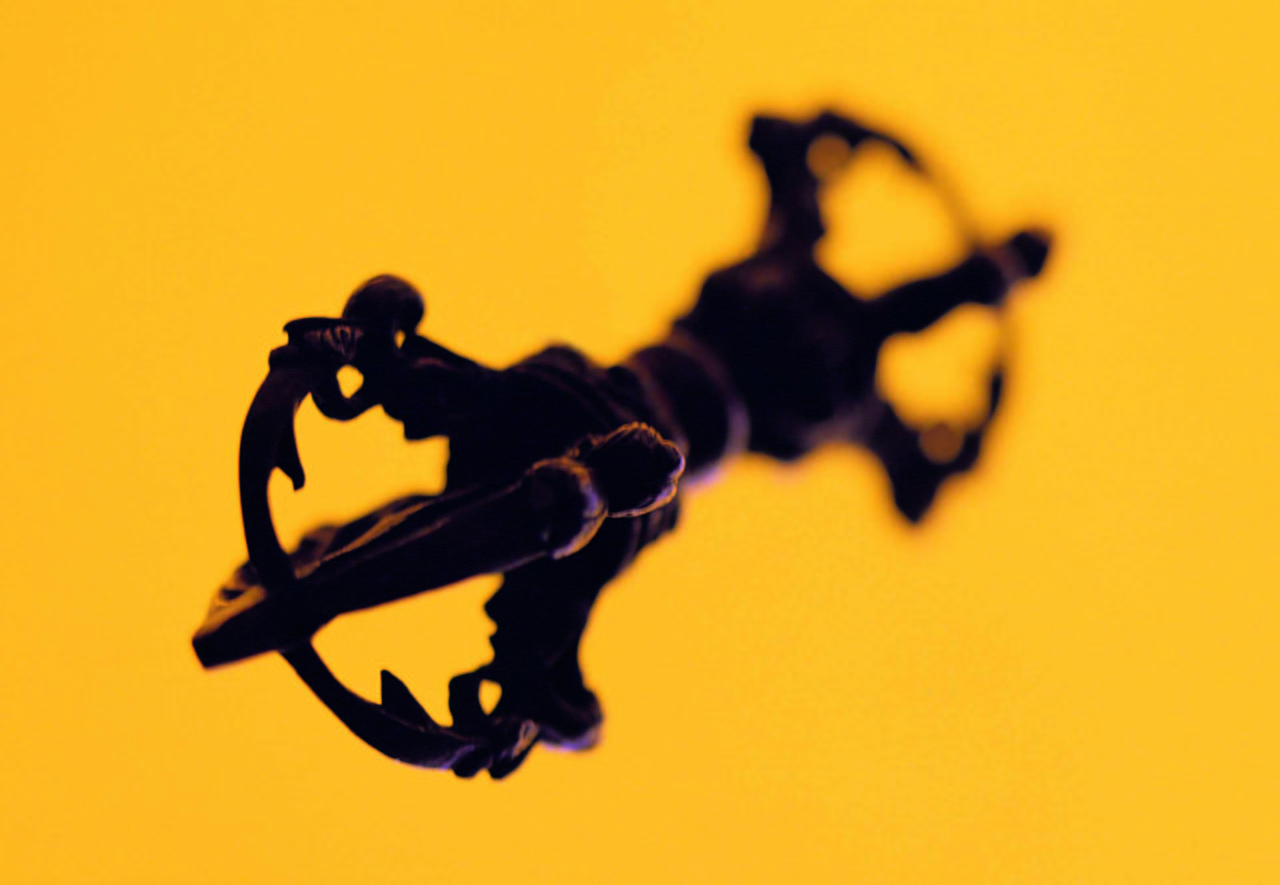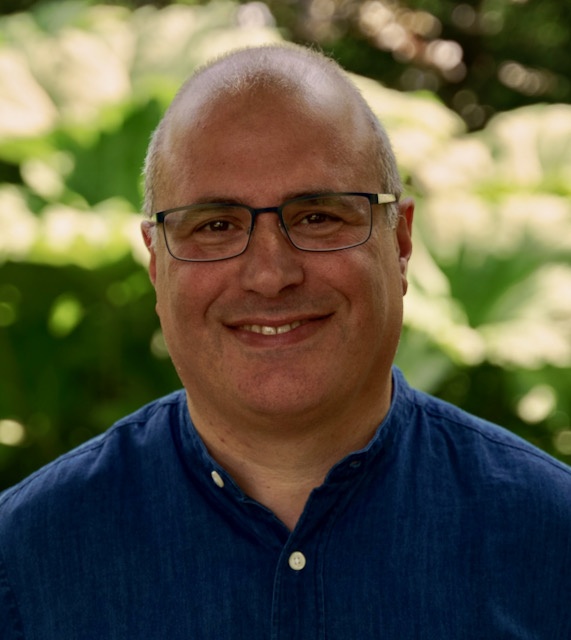It’s fitting that Vesak, the festival Buddhists celebrate on Sunday to mark the Buddha and his understanding of the human condition, falls this year in Mental Health Awareness week. The story of the Buddha’s meeting with Kisagotami makes the connection.
mental health, the buddhA and kisagotami
https://platitudes.home.blog/2019/05/18/vishvapani-formerly-simon-blomfield-member-of-the-triratna-order-formerly-the-western-buddhist-order-4/One day a woman called Kisagotami approached the Buddha, distraught and carrying a child wrapped in rags. She threw herself at his feet:
‘You are a holy man, I beg you, please heal my son.’
But it was quite clear that the child was dead and Kisagotami’s grief had overwhelmed her mind. She carried the corpse wherever she went, desperately seeking an impossible cure.
For some time the Buddha was silent. Then he said: ‘If you want the child to live, bring me a white mustard seed from the town. But there’s one condition. It must come from a house where no-one has died.’
Mustard is the commonest spice in India and Kisagotami ran to the first house, sure she would get what she needed.
‘Can you give me a mustard seed so I may give medicine to my child?’
‘But, of course’ they replied.
‘And has there been a death within this house?’
‘Oh yes. Many have died here over the generations.’
She went from house to house and each time she received the same answer. Eventually, Kisagotami was overwhelmed by the truth. ‘It will be the same everywhere,’ she thought. ‘The Buddha, in his kindness, knew this would be so.’
So she left the village and went to the charnel ground where she finally laid the child down saying, ‘Little son, I thought that death had happened to you alone. But it isn’t just you. It’s common to everyone.’
Kisagotami had lost touch with reality and the Buddha saw that; but he also saw the suffering human being within her, and knew she must find her own way to encompass a truth that was too painful to bear.
I offer the story as a model for how we might respond to others’ mental health struggles – something Prince William has done, referring to his own experience. But it goes further. Kisagotami’s dead child represents the painful truths that we can neither face nor let go in all our fragile, impermanent, interconnected lives. Recognising her child’s death didn’t just restore Kisagotami’s sanity. It connected her to others, prompting an insight into the human condition that was the Buddha’s real message.
The story ends as Kisagotami returns to the Buddha, bows and says: ‘The work of the mustard seed is done.’
The source of this story in the Commentary to the Dhammapada https://www.ancient-buddhist-texts.net/Texts-and-Translations/Aggatherivatthu/12-Kisa-Gotami.htm



kisa gotami went to get white mustard seed with full believe that her son will not died and return to her with much more loving and compassion as mother and babies are the closed ties. Kisa went to medical Hall where no one had died. The buddha did not reply and did nothing but Saturday night lives.